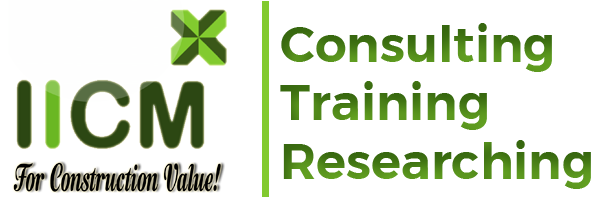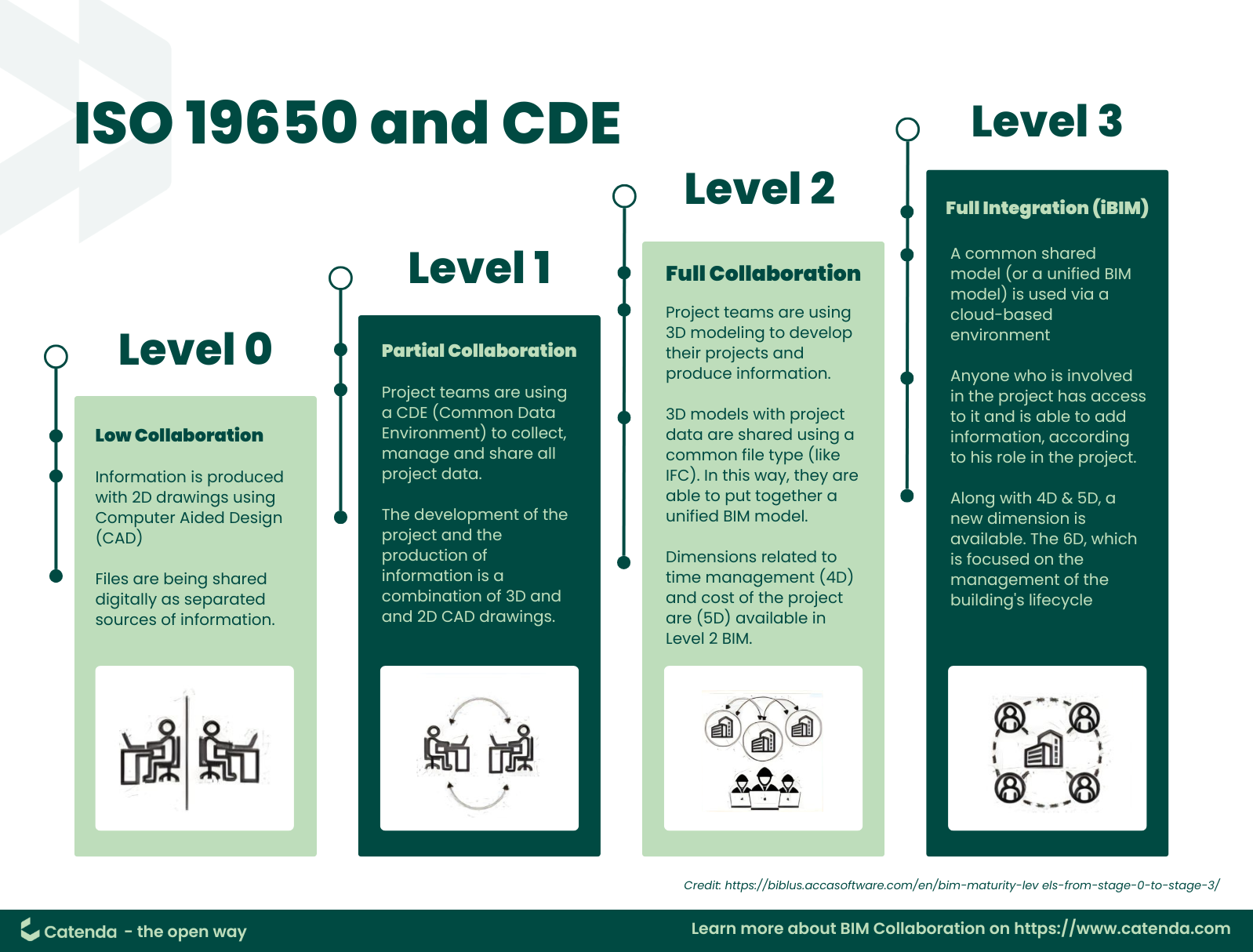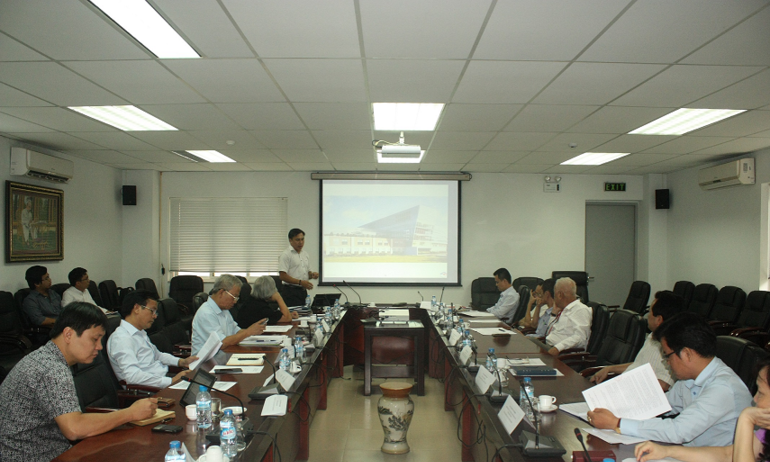In the midst of a digital transformation sweeping through the construction industry, the application of Building Information Modeling (BIM) is no longer limited to individual projects. It is expanding to the enterprise level, where strategy, processes, and organizational capabilities play a crucial role.
Unlike BIM implementation at the project level, enterprise-wide BIM requires changes in internal governance, organizational culture, and information management capacity at scale. This is the core focus of the presentation titled “BIM in the Enterprise Context”, delivered as part of the BIM Manager training program organized by VECAS.
Presentation Overview
The session revolves around several key topics:
-
BIM Maturity Levels
-
The Socio-Technical System
-
BIM Implementation Matrix
Real-world examples:
-
Digital Project Delivery – SISK Construction
-
BIM deployment in a hypothetical company (Company XXX)
Q&A and open discussion
Three Levels of BIM
Implementing BIM is not just about introducing software into a project. It must be understood across three distinct levels:
-
National Level: Strategic direction, policies, standards, and legal frameworks.
-
Enterprise Level: How the organization aligns and adapts to implement BIM in accordance with national standards.
-
Project Level: Actual deployment on construction projects – from pilot phases and tendering to construction and operation.

The three levels of BIM not only represent the degree of technical collaboration (Level 0–3), but also need to be understood through a strategic lens: from the National level, to the Enterprise, and down to the Project level.
Clarifying the Levels: National vs. Enterprise
This is where many professionals get confused. A lot of BIM Managers, when tasked with “implementing BIM across the company,” immediately think of:
-
Setting up a BIM department
-
Sending staff for Revit training
-
Applying model management software
However, this is merely tool-level thinking.
To successfully implement BIM at the enterprise level, a comprehensive strategy is needed, starting with:
-
Defining digital transformation goals
-
Assessing internal capabilities
-
Analyzing the implementation matrix
-
Establishing processes, KPIs, and standards aligned with national direction
Project-Level BIM: Where Theory Meets Reality
At this level, all stakeholders — including owners, contractors, design consultants, and facility managers — must be integrated within a continuous data flow process.
Key documents at this level include:
-
EIR (Employer’s Information Requirements): The client’s information requirements
-
BEP (BIM Execution Plan): A BIM execution strategy covering tender to contract phases
-
Input/Output Information Lists: Standardized and synchronized across the project lifecycle
A strong enterprise BIM foundation is essential for smooth and effective project-level deployment.
-
-
Conclusion: Where Should You Start?
When asked to “implement BIM for the company,” ask yourself:
-
Which level is this? Are we working at the project level or the organizational level?
-
Are we asking the right questions? Not just “Which software do we need?”, but “What needs to change in our operations to adapt to BIM?”
-
Have we built a solid foundation? From process and training to a supportive organizational structure
-
Are we learning from real-world success stories? Such as BIM implementation at SISK Construction
Source: Facebook – Anh Long Thang
#BIM #BIMINTHEENTERPRISE



 Tiếng Việt
Tiếng Việt


